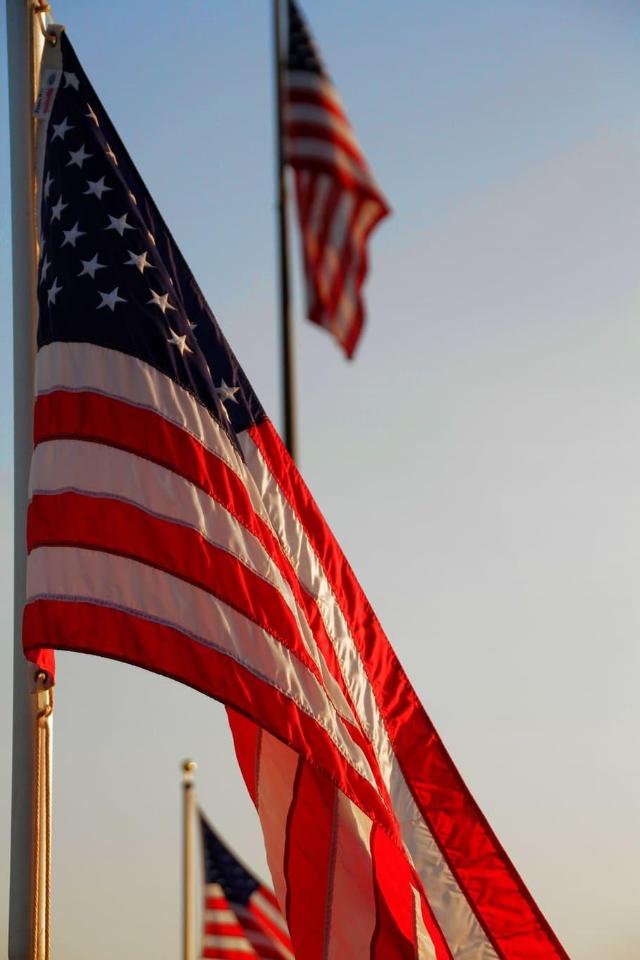
Did you know that the American flag has undergone 27 official versions since its inception, each reflecting the evolving identity of the nation? Behind the stars and stripes lies a rich history that is commemorated annually on Flag Day, a celebration that honors not just a symbol, but the ideals and unity it represents.
The Origins of Flag Day
Flag Day in the United States is observed on June 14, a date chosen to honor the adoption of the Stars and Stripes as the official flag of the United States by the Continental Congress on June 14, 1777. The resolution that created the flag stated: “Resolved, That the flag of the thirteen United States be thirteen stripes, alternate red and white; that the union be thirteen stars, white in a blue field, representing a new constellation.”
The idea of dedicating a specific day to the flag emerged over a century later. One pivotal figure was Bernard J. Cigrand, a schoolteacher who first celebrated Flag Day in 1885 in Waubeka, Wisconsin. His devotion to the flag and its symbolism helped inspire a movement that eventually led to formal recognition. In 1916, President Woodrow Wilson issued a proclamation establishing June 14 as Flag Day. Later, in 1949, Congress officially designated Flag Day as a national observance, although it is not a federal holiday.
Symbolism and Evolution of the Flag
The American flag’s design has evolved alongside the nation’s growth. Each star on the flag represents a state, while the thirteen stripes symbolize the original thirteen colonies. As new states joined the Union, stars were added, reflecting the country’s expansion and unity.
For example, the flag of 1777 featured thirteen stars arranged in a circle, symbolizing equality among the colonies. Today’s flag boasts 50 stars arranged in nine staggered rows, reflecting the current number of states. This evolution serves as a visual narrative of the country’s history and diversity.
The colors of the flag also carry meaning: red stands for valor and bravery, white for purity and innocence, and blue for vigilance, perseverance, and justice. These values underpin much of American identity and are celebrated during Flag Day ceremonies.
Flag Day Traditions Across the Country
Flag Day is marked by various customs and events that emphasize patriotism and respect for the flag. Schools often hold lessons and activities to educate students about the flag’s history and significance. Many communities organize parades, flag-raising ceremonies, and patriotic displays.
One notable tradition is the Pledge of Allegiance, often recited as a demonstration of loyalty to the flag and the nation. Public buildings, homes, and businesses may display the flag prominently, creating a shared visual expression of national pride.
In some places, special events such as flag retirement ceremonies are held to respectfully dispose of worn or damaged flags. The U.S. Flag Code provides guidelines for proper handling and disposal, underscoring the flag’s dignity.
Practical Ways to Honor Flag Day
Celebrating Flag Day can be both meaningful and accessible. Here are some actionable ways to participate:
-
Display the Flag Properly: Ensure your flag is in good condition and displayed according to the U.S. Flag Code. This includes flying it from sunrise to sunset and not allowing it to touch the ground.
-
Learn and Share History: Take time to read about the flag’s origins and symbolism. Sharing this knowledge with family, friends, or students can deepen collective appreciation.
-
Attend Local Events: Many communities host Flag Day observances, from parades to educational programs. Participating in these events fosters community spirit.
-
Engage in Flag Etiquette: If you own a flag that has become worn, consider holding a respectful retirement ceremony or donating it to organizations like the American Legion or Boy Scouts, which often conduct flag disposal ceremonies.
-
Reflect on National Values: Use the day to contemplate the ideals the flag represents—freedom, justice, and unity—and how they apply in everyday life.
The Flag as a Living Symbol
Flag Day is more than a date on the calendar; it is an opportunity to connect with a symbol that carries deep meaning for millions. The American flag tells a story of struggle, growth, and shared identity. Its stars and stripes are reminders of the country’s past and beacons for its future.
By understanding Flag Day’s history and embracing its traditions, individuals contribute to preserving the flag’s significance. In doing so, they honor not just a piece of fabric but the enduring principles it represents. Whether through education, celebration, or quiet reflection, Flag Day invites all to recognize and respect the emblem of a nation’s journey.

